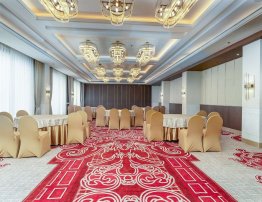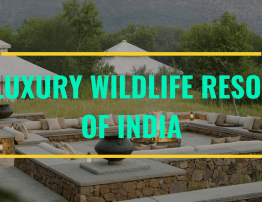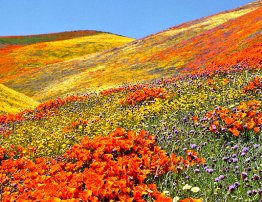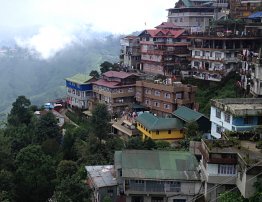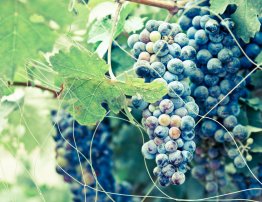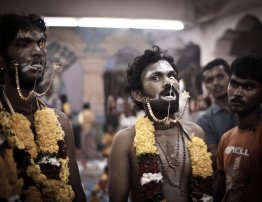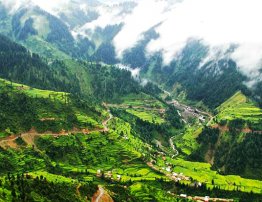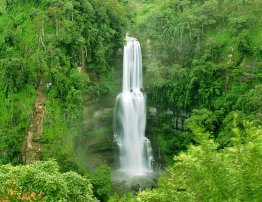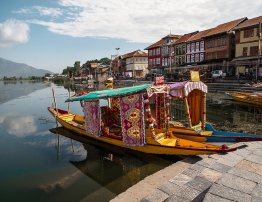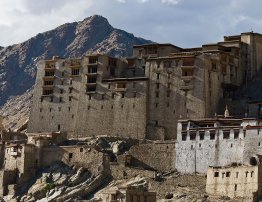Kabini
Introduction:
The Kabini Forest Reserve is one of the most popular wildlife destinations of Karnataka , probably because of its accessibility, lush green landscape surrounding a large lake, and sightings of herds of elephants. It is 80 km (50 mi) away from Mysore and 205 km (127 mi) from Bangalore, and comprises the south-eastern part of Nagarahole National Park. Situated on the banks of the Kabini River, thet reserve is spread over 55 acres (22 ha) of forestland, steep valleys, and water bodies. Once a private hunting lodge of the Maharaja of Mysore, Kabini was a popular shikar (hunting) hotspot for British Viceroys and Indian royalty. Now it is considered to be one of the best wildlife sanctuaries in Karnataka, famous for its spectacular wildlife and bird life.
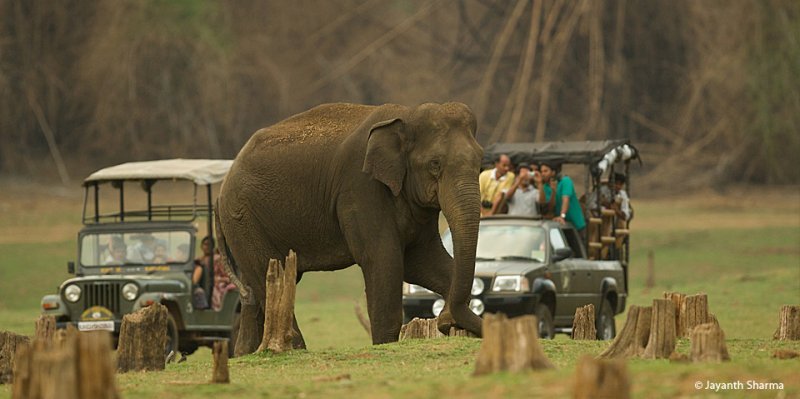
Jeep Safari in Kabini
Desitination Facts:
Location: Karnataka, in district Mysore
Altitude: 900 mts
Area: 55 Acres.
Temperature: (summer 28 - 35°C) & (winter 13 – 20 °C)
Languages spoken: Hindi, Kannada and English
Getting there:
Nearest Airports: Nearest Bangalore Airport is the nearest airport from Kabini. Bangalore airport is connected to almost all the airports in India and a few international airports.
Main Railway Station: Mysore Junction is the nearest railhead from Kabini. Mysore is well-connected with all the major cities of India via rail.
Main Bus Station or Road: Kabini well connected by KSRTC buses to all neighboring cities including Bangalore.
Distance of a few Major Towns from Kabini:
Bangalore - 205km, Mysore - 80km
Tourist Attractions:
Flora:
The rainfall influences the flora of Kabini Park to a great extent. Most parts contain dry-deciduous forests and moist-deciduous forests. Moist deciduous exist in the region where the annual rainfall usually exceeds 1000mm and dry-deciduous where the rainfall is lesser. The park is also home to assorted microhabitat types like hadlus, which are shallow clayey valley bottoms containing swamp savannas and short grass clearings or veiwlines, which are meant to help game viewing for the tourists. Trees offering flowers, such as Flame of the Forest, Indian Coral Tree, Red Silk Cotton, Indian Laburnum and the Padri, appear lovely and add color to the park. The Kabini River is marked by a dam, which creates a big lake dominated by Giant Bamboo on its banks.
Fauna:
The ecosystem of this region supports the highest density of herbivores anywhere in Asia. Studies reveal that the region has 108 animals per sq km. Large herbivores found here are Muntjak, Chital, Sambar, Four-horned antelope, Gaur, Wild pig, Asian Elephant, Common Langur and the Bonnet Macaque. Out of these herbivores, the Chital, Sambar, Gaur, Wild pig, Muntjak and Common Langur are hunted by the Tiger, Leopard and Wild Dog. Moreover, here the prey species are found in different sizes. Owing to the availability of prey in the appropriate size, there is an adequate balance of species. Some primary reasons for large carnivore population in Kabini are availability of appropriate sized prey, dense cover and tree density.
Jeep Safari:
This could be the best way to browse the jungles, backwaters, hillocks, ponds, bamboos, etc, of Kabini. Get into a jeep and drive around to see the some of best sights, you have ever seen. Early morning is the best time to watch the jungle waking up; when the leaves and shrubs get washed with the dew drops. Watch out peacocks, grey langurs, terrapin, and chital in their own state. Evenings are the time when elephants start assembling by the backwaters. Tiger Tank is a water source in Sunkadakatte area where various varieties of big cats can be seen. Different resorts may have different rates for the jeep safari; however the fees for safari, vehicle entry, boat rides, park entry, guide and camera is usually incorporated in the accommodation packages.
Boat Ride:
It's just amazing to actually sail along the waters bounded by forests on all sides, and watching herds of animals on the shores. With the sound of approaching boat, the birds usually take off but animals continue to make preparations for the night camps on the banks of the river.
Best time to Visit:
The best time to visit is between September and May. If you're keen to watch fauna, then the right time would be from November to January.
 Use Coupon code
Use Coupon code


